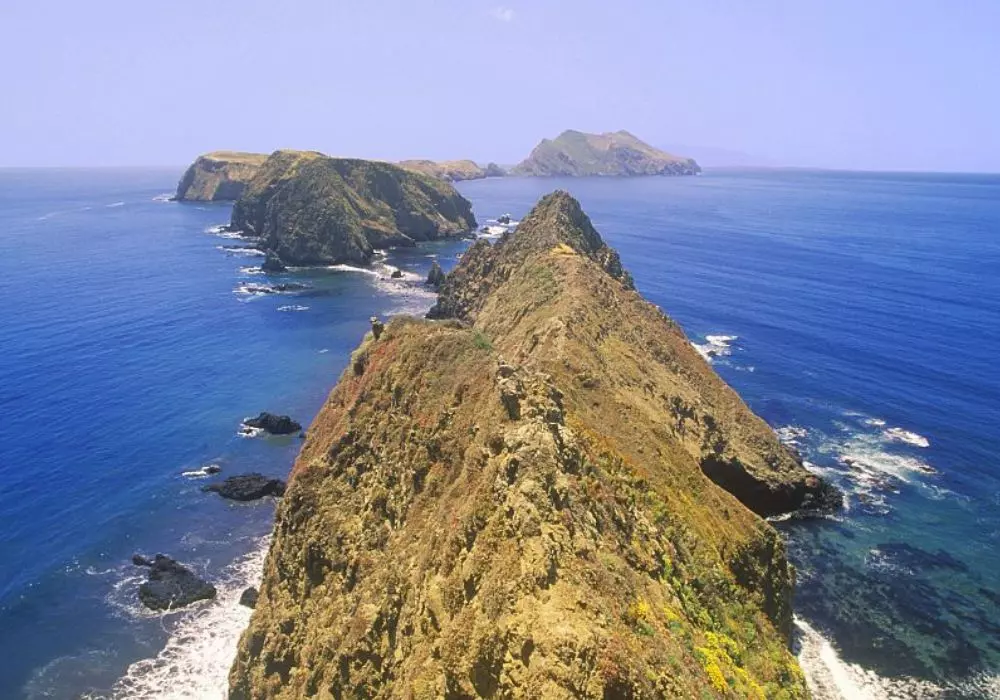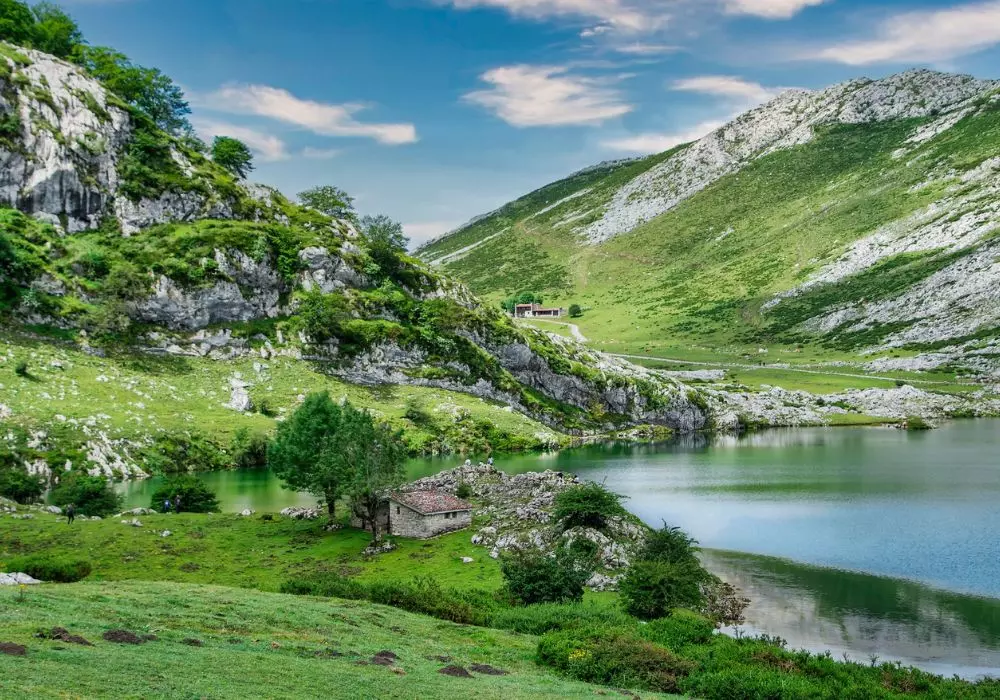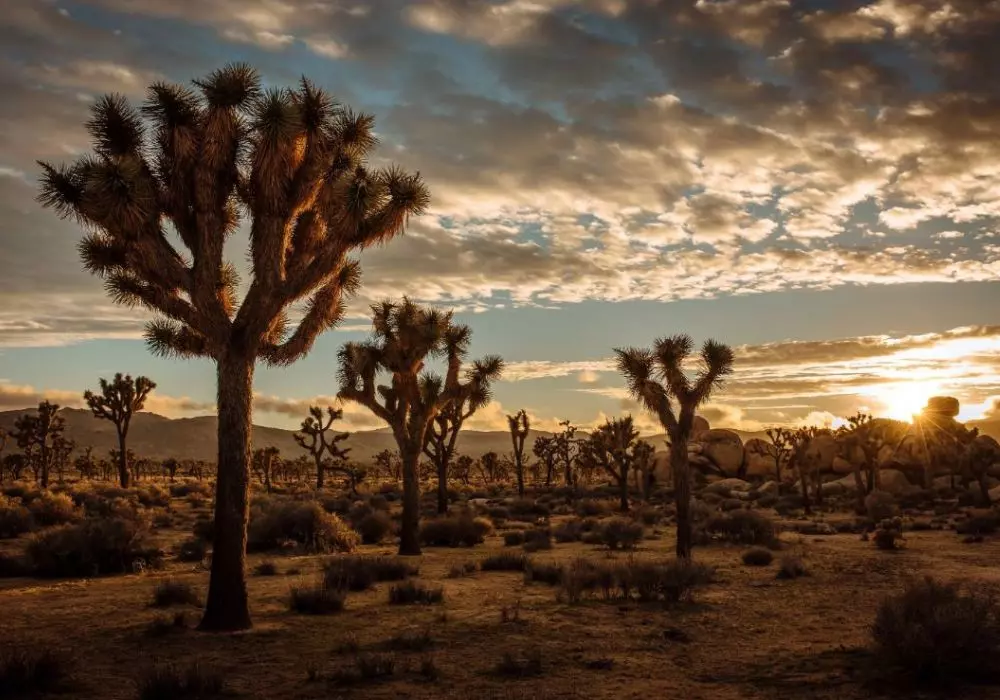Kings Canyon National Park, located in the southern Sierra Nevada Mountains of California, is a majestic wilderness renowned for its towering granite cliffs, deep river valleys, and pristine alpine landscapes.
Established in 1940, the park encompasses a diverse range of ecosystems, from verdant meadows and lush forests to rugged peaks that rise over 14,000 feet.
Home to some of the largest and oldest trees on Earth, including the giant sequoias of General Grant Grove, Kings Canyon offers visitors a glimpse into both the natural and cultural history of the region.
Whether hiking along the iconic trails like the Rae Lakes Loop or marveling at the cascading waters of Grizzly Falls, every corner of Kings Canyon National Park exudes a sense of awe and adventure, making it a cherished destination for outdoor enthusiasts and nature lovers alike.
Kings Canyon National Park: Key Details and visit Information
| Attribute | Details |
| Location | California, USA |
| Established | March 4, 1940 |
| Area | 461,901 acres (1,869.25 km²) |
| Famous Features | Kings River Canyon, General Grant Tree, Zumwalt Meadow, Cedar Grove |
| Elevation Range | 1,370 to 14,248 feet (417 to 4,344 meters) |
| Flora | Giant sequoias, ponderosa pines, manzanita, wildflowers |
| Fauna | Black bears, mule deer, mountain lions, bobcats, various bird species |
| Activities | Hiking, camping, rock climbing, fishing, wildlife viewing |
| Popular Trails | Rae Lakes Loop, Mist Falls Trail, Zumwalt Meadow Trail |
| Best Time to Visit | Late spring to early fall |
| Visitor Centers | Kings Canyon Visitor Center (Grant Grove), Cedar Grove Visitor Center |
| Nearby Attractions | Sequoia National Park, Sierra National Forest, Yosemite National Park |
Geological Wonders
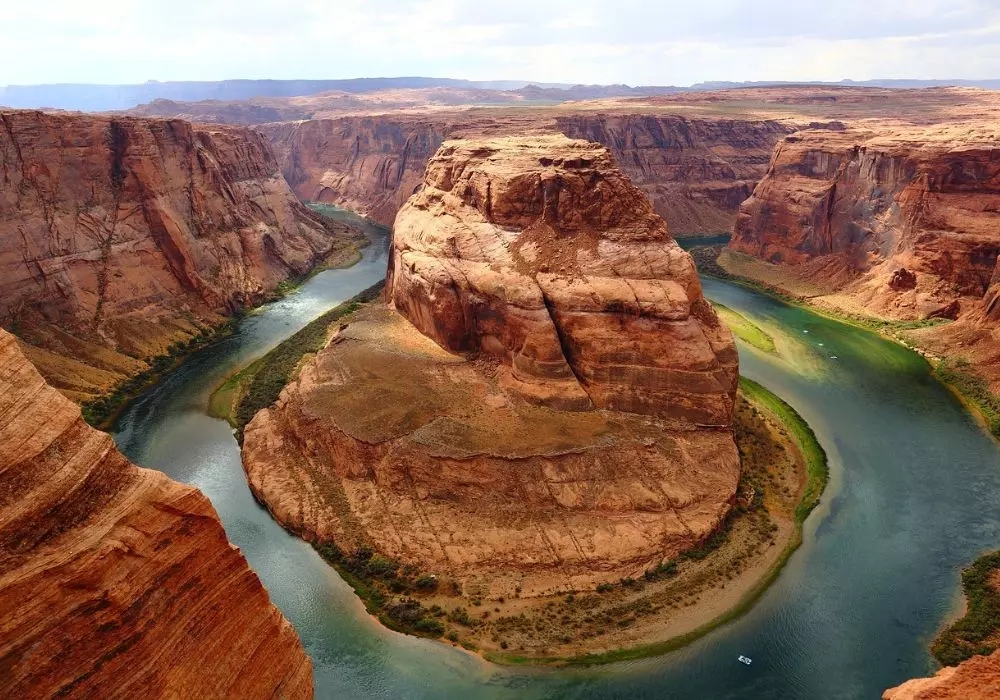

Kings Canyon National Park boasts a stunning array of geological wonders shaped over millions of years by natural forces.
The park is characterized by its deep canyons, carved by the erosive power of glaciers and rivers, including the mighty Kings River that flows through the heart of the canyon.
Towering granite cliffs, such as the famous Grand Sentinel and North Palisade, dominate the landscape, offering dramatic vistas and challenging climbs for mountaineers and rock climbers.
The park’s diverse geology also includes glacially carved valleys, hanging valleys, and moraines, providing a testament to the dynamic processes that have shaped the Sierra Nevada range.
Visitors to Kings Canyon can explore these geological marvels through scenic drives, hiking trails, and interpretive programs that showcase the park’s rich geological history and natural beauty.
Ancient Giant Sequoias
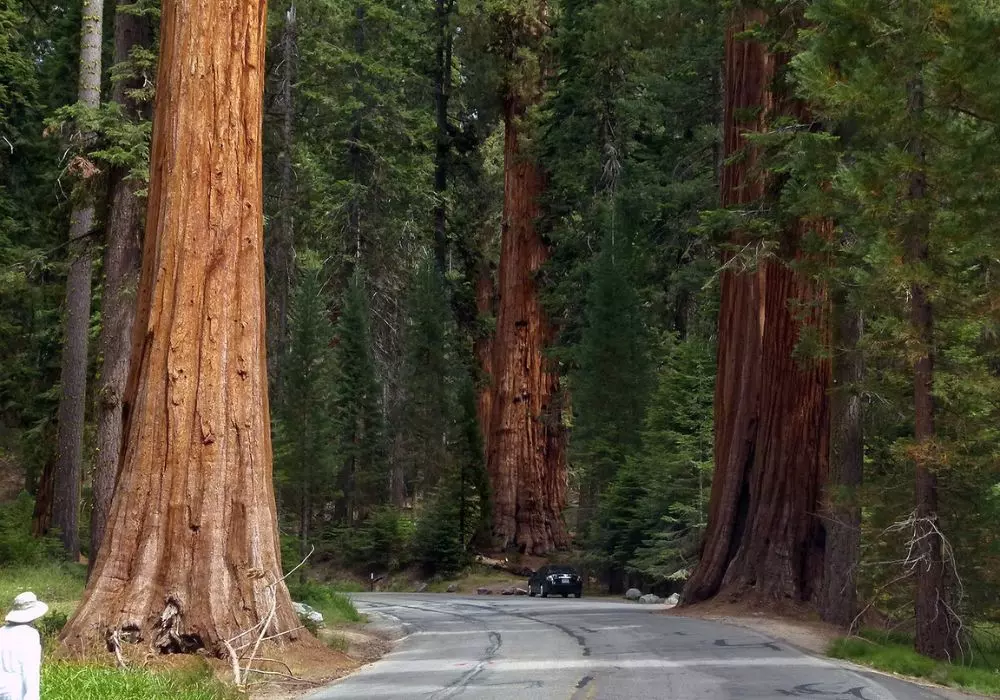

Kings Canyon National Park is renowned for its spectacular groves of ancient giant sequoias, towering giants that stand as some of the largest and oldest living organisms on Earth.
These magnificent trees, including the iconic General Grant Grove and the Grant Tree itself, captivate visitors with their immense size and remarkable resilience.
Historical Significance: The giant sequoias in Kings Canyon National Park have been standing for thousands of years, with some trees dating back over 3,000 years.
They bear witness to the changing landscapes and climates of the Sierra Nevada region throughout history.
Size and Dimensions: The sequoias reach staggering heights, with some exceeding 250 feet tall, and diameters often surpassing 25 feet at their base.
General Sherman Tree, located nearby in Sequoia National Park, is recognized as the world’s largest tree by volume.
Ecological Role: These ancient trees play a crucial ecological role within the park’s ecosystem. They provide habitat for numerous species of wildlife, contribute to soil stability, and play a vital role in nutrient cycling.
Visitor Experience:
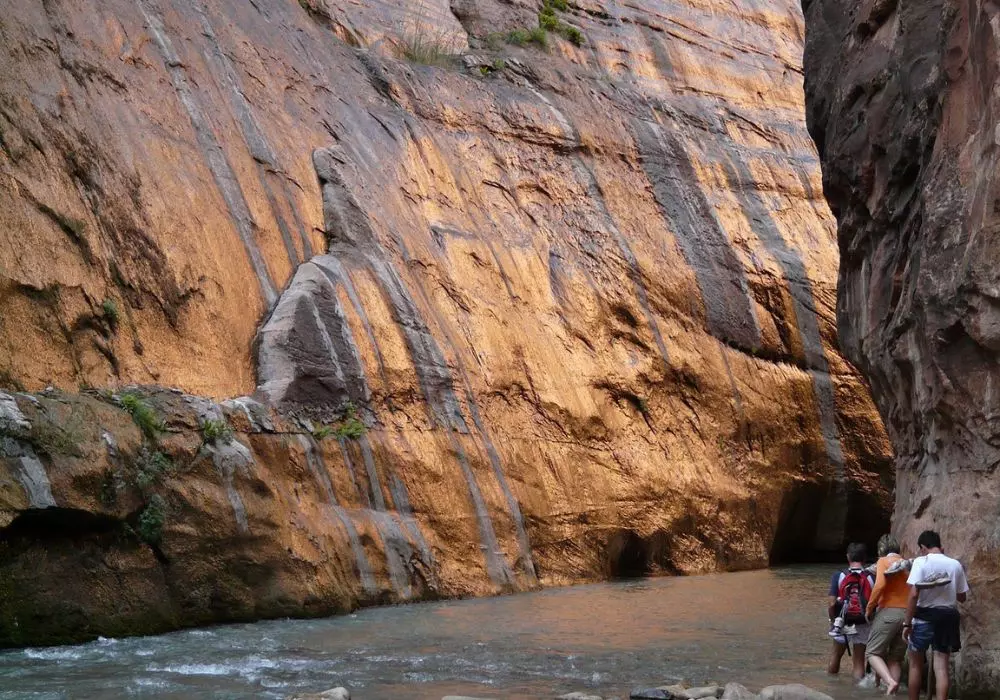

Visitors to Kings Canyon can explore these awe-inspiring groves via well-maintained trails that wind through the sequoia forests.
Interpretive signs along the way educate about the life cycle of sequoias, their adaptations to the environment, and the challenges they face.
Conservation Efforts: Conservation efforts are ongoing to protect the ancient giant sequoias and their habitats.
These efforts include prescribed burns to maintain healthy forest conditions, monitoring of tree health, and measures to minimize human impact on the delicate ecosystems surrounding the groves.
Standing among the ancient giant sequoias in Kings Canyon National Park is a humbling experience that connects visitors to the grandeur of nature and the enduring legacy of these magnificent trees.
Wildlife and Biodiversity
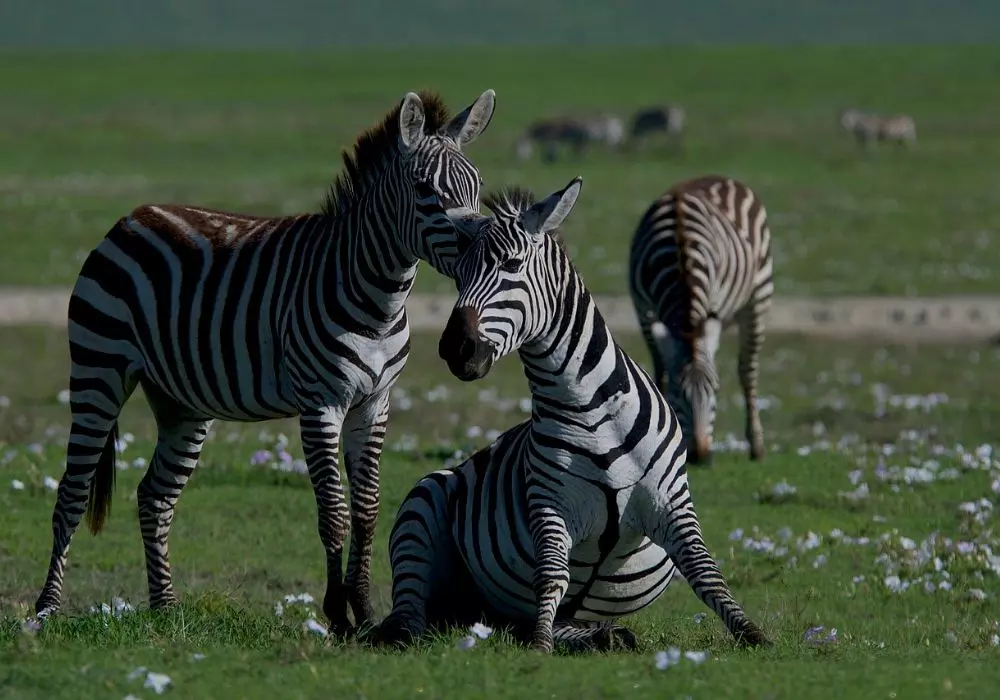

Kings Canyon National Park is a haven for diverse wildlife and boasts a rich biodiversity that thrives in its varied ecosystems.
From rugged mountain landscapes to lush meadows and river corridors, the park supports a wide array of species adapted to its unique environments.
Mammals: The park is home to numerous mammal species, including mule deer, black bears, mountain lions, bobcats, and coyotes.
These animals navigate the terrain with agility, utilizing the park’s diverse habitats for foraging, mating, and raising young.
Birds: Birdwatchers can delight in spotting a variety of avian species throughout the park. Raptors such as the golden eagle and peregrine falcon soar overhead, while songbirds like the yellow warbler and mountain bluebird add melody to the forested landscapes.
The endangered California condor, with its impressive wingspan, has also been reintroduced to the area.
Reptiles and Amphibians: Kings Canyon hosts a range of reptiles and amphibians, including the Western pond turtle, Sierra Nevada yellow-legged frog, and various snake species.
These creatures play essential roles in their respective ecosystems, contributing to biodiversity and ecological balance.
Fish:


Rivers and streams within the park support populations of native fish species such as the rainbow trout and Sacramento sucker.
These fish species rely on clean, cold water habitats that are essential for their survival.
Conservation Efforts: The National Park Service collaborates with researchers and conservation organizations to monitor wildlife populations, protect critical habitats, and mitigate human impacts on sensitive species.
Visitor education and responsible outdoor practices are encouraged to minimize disturbances to wildlife and their habitats.
Exploring the wildlife and biodiversity of Kings Canyon National Park offers visitors a chance to connect with nature and appreciate the intricate web of life that thrives in this pristine wilderness.
Outdoor Recreation
Kings Canyon National Park offers a wealth of outdoor recreation opportunities, catering to adventurers of all interests and skill levels.
Whether you seek challenging hikes amidst towering peaks or tranquil moments by a scenic river, the park promises unforgettable experiences in nature.
Hiking: The park features a network of trails that traverse diverse landscapes, from gentle walks through meadows to strenuous climbs to high alpine lakes.
Popular hikes include the Rae Lakes Loop, which offers stunning views of mountain scenery and pristine lakes.
Backpacking:
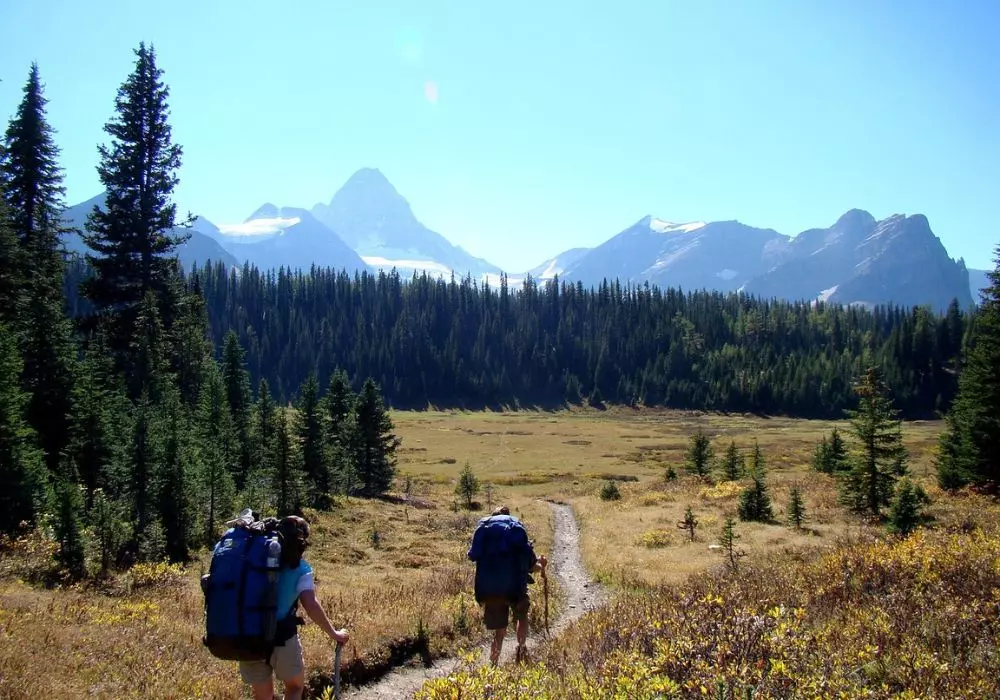

Backpackers can embark on multi-day adventures, exploring remote wilderness areas and camping under starry skies.
Permits are required for overnight stays in backcountry areas to ensure minimal impact on the environment.
Camping: Kings Canyon offers a range of camping options, from developed campgrounds with amenities to backcountry campsites accessible via hiking trails.
Campers can enjoy the serenity of nature while immersing themselves in the park’s diverse ecosystems.
Fishing: Anglers can cast their lines into the park’s rivers and streams, seeking native trout species and enjoying the tranquility of fishing amidst breathtaking scenery.
Winter Activities:
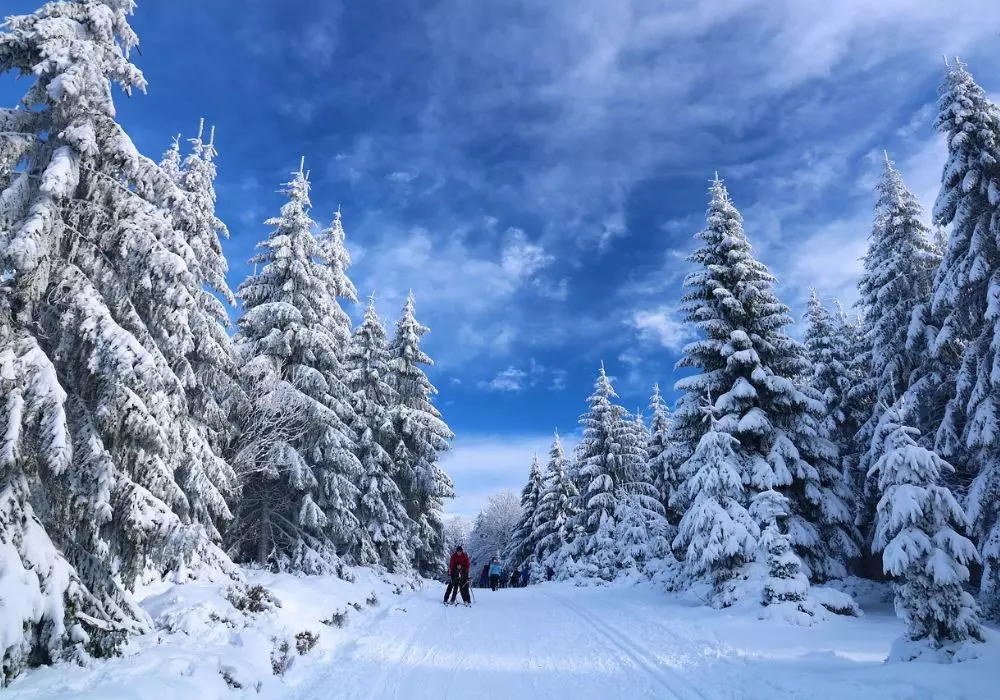

In winter, the park transforms into a snowy wonderland ideal for snowshoeing and cross-country skiing. Visitors can explore designated trails and experience the quiet beauty of the Sierra Nevada in winter.
Rock Climbing: For those seeking adventure on vertical terrain, Kings Canyon offers challenging rock climbing routes with granite cliffs and stunning views as rewards for climbers.
Whether you’re seeking solitude in nature, adrenaline-pumping activities, or simply a chance to unwind amidst breathtaking scenery, Kings Canyon National Park invites you to explore and discover the wonders of outdoor recreation in the Sierra Nevada.
Photography Opportunities
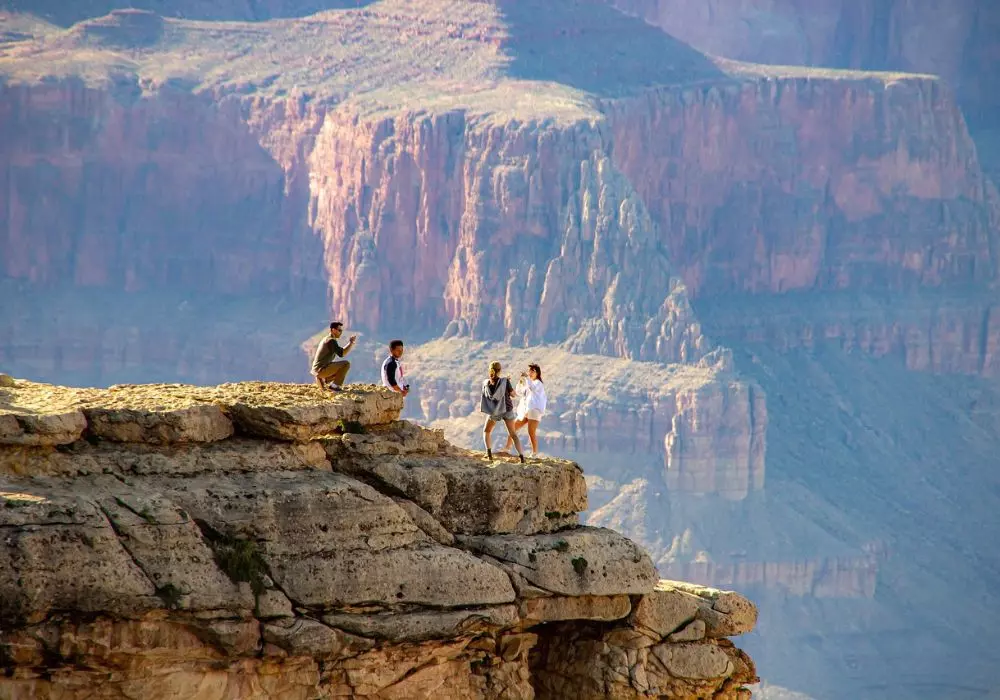

Kings Canyon National Park offers unparalleled opportunities for photography enthusiasts, with its stunning landscapes, dramatic vistas, and diverse wildlife providing endless subjects to capture in all seasons.
Iconic Landscapes: Capture the park’s iconic landscapes, including towering granite cliffs, deep river valleys, and lush alpine meadows.
Sunrise and sunset provide ideal lighting conditions for capturing these majestic scenes in golden hues.
Giant Sequoias: Explore the park’s ancient giant sequoia groves, such as General Grant Grove and the famous General Grant Tree.
These colossal trees, with their massive trunks and towering canopies, make for impressive subjects against the backdrop of the forest.
Wildlife Photography: Keep an eye out for wildlife such as mule deer, black bears, and various bird species. Patience and a telephoto lens can help capture intimate moments of animals in their natural habitats.
Waterfalls and Rivers: Photograph the park’s cascading waterfalls, including Grizzly Falls and Roaring River Falls. Long exposure techniques can create silky smooth water effects that enhance the beauty of these natural wonders.
Night Sky Photography:
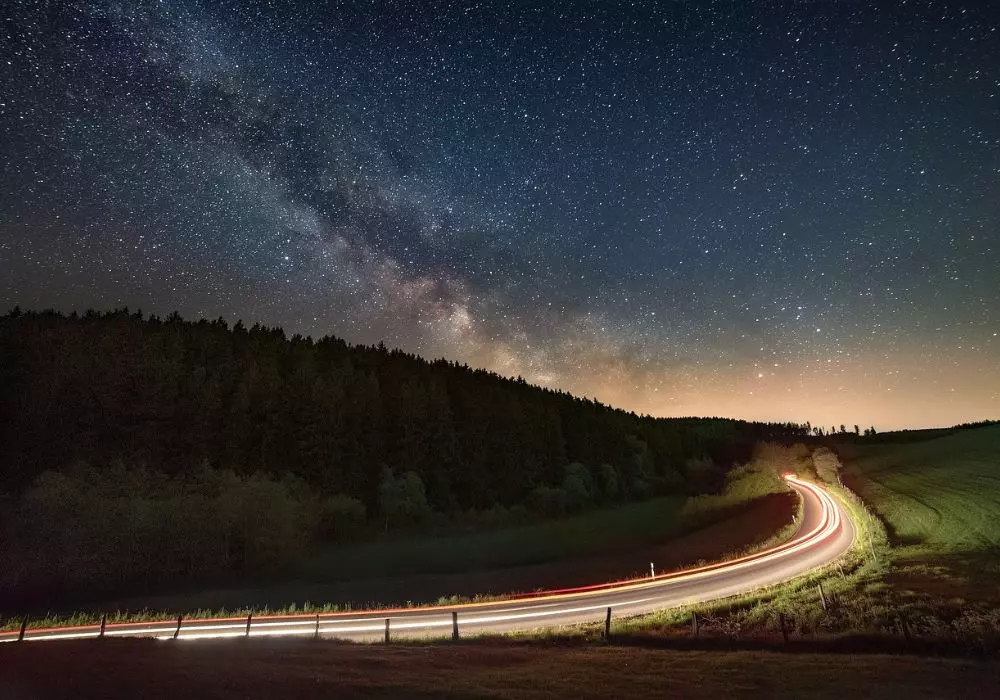

Kings Canyon’s designation as an International Dark Sky Park makes it an ideal location for capturing the Milky Way and celestial phenomena. Astrophotographers can set up their cameras to capture the brilliance of the stars against the park’s dark skies.
Seasonal Changes: Capture the park’s beauty throughout the seasons, from snow-covered landscapes in winter to blooming wildflowers in spring and vibrant foliage in fall.
Each season offers unique photographic opportunities.
Photography Tips: Use a tripod for stability, experiment with different camera settings to capture motion and light, and research optimal times and locations for specific shots.
Respect wildlife and natural habitats while capturing images to preserve the park’s beauty for future generations.
Exploring photography opportunities in Kings Canyon National Park provides photographers with a chance to showcase the park’s natural wonders through their lens, capturing moments of beauty and tranquility in this pristine wilderness.
Visitor Information and Tips
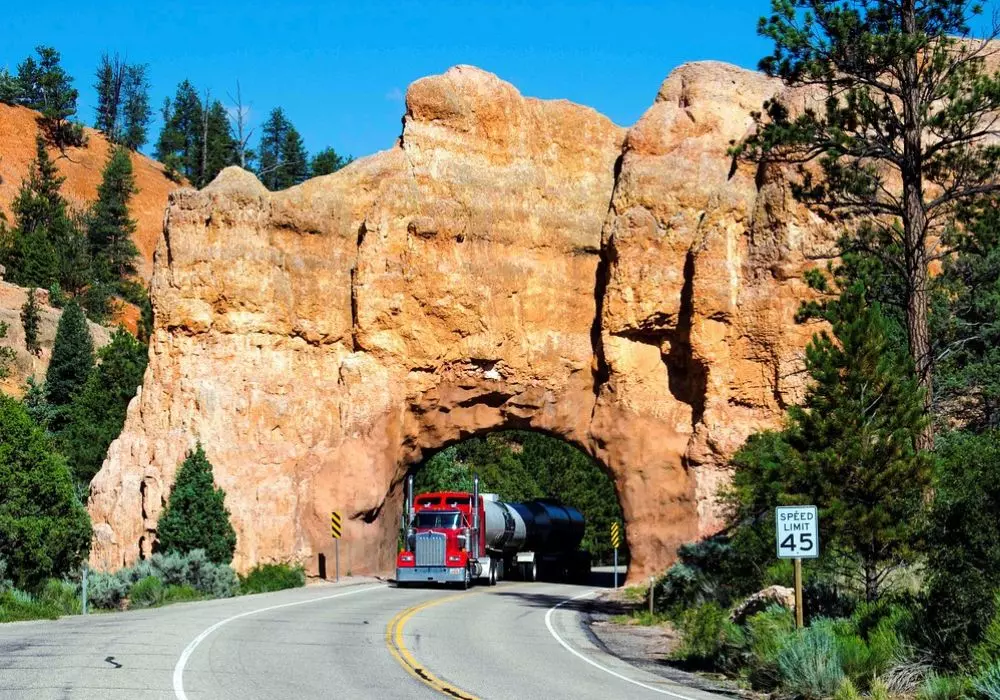

Kings Canyon National Park welcomes visitors with its breathtaking landscapes and diverse recreational opportunities. Here’s essential information to help plan your visit and make the most of your time in the park:
Getting There: Kings Canyon National Park is located in central California, accessible by car from Fresno via Highway 180. The park entrance is approximately one hour’s drive from Fresno.
Park Fees and Passes: A fee is required for entry into the park, which covers seven consecutive days. National Park Passes, such as the Annual Pass and Senior Pass, are also accepted and provide additional benefits.
Visitor Centers: Stop by the Grant Grove Visitor Center or Kings Canyon Visitor Center for park maps, exhibits on natural history, trail information, and ranger-led programs.
Visitor centers are excellent resources for learning about the park’s attractions and planning your itinerary.
Accommodations: Lodging options within the park include the John Muir Lodge, Grant Grove Cabins, and Cedar Grove Lodge.
Campgrounds are available for tent and RV camping, with reservations recommended during peak seasons.
Weather and Safety: Check weather forecasts before your visit, as conditions can vary greatly depending on the season and elevation.
Pack layers of clothing, sunscreen, and plenty of water for hiking and outdoor activities. Be aware of wildlife and follow guidelines for safe interactions.
Hiking and Recreation: Kings Canyon offers a variety of hiking trails for all skill levels, ranging from short nature walks to challenging backcountry routes.
Obtain trail maps and information on trail conditions from visitor centers or park rangers before setting out.
Leave No Trace: Help preserve the park’s natural beauty by practicing Leave No Trace principles. Pack out all trash, stay on designated trails, and respect wildlife and plant life.
Seasonal Considerations: Plan your visit according to seasonal activities and events. Spring and summer offer wildflower blooms and access to higher elevation trails, while fall showcases vibrant foliage colors.
Winter brings snowfall and opportunities for snowshoeing and cross-country skiing.
Visiting Kings Canyon National Park promises unforgettable experiences amidst stunning scenery and abundant wildlife.
Use this information to plan your trip and make the most of your adventure in this remarkable natural sanctuary.
Conclusion
Kings Canyon National Park stands as a testament to the awe-inspiring beauty and natural diversity of the Sierra Nevada mountains in California.
From its towering granite cliffs and ancient giant sequoias to its diverse wildlife and pristine rivers, the park offers visitors a chance to reconnect with nature and explore landscapes shaped by millions of years of geological and ecological processes.
Exploring Kings Canyon National Park provides not only breathtaking vistas and outdoor adventures but also a deeper appreciation for the delicate balance of ecosystems and the importance of conservation.
As visitors hike through lush meadows, photograph cascading waterfalls, and marvel at the sheer grandeur of the giant sequoias, they become part of a legacy of preservation and stewardship that ensures these natural wonders endure for future generations.
Whether seeking solitude in the wilderness, capturing stunning photographs of starlit skies, or simply enjoying the serenity of nature, Kings Canyon National Park offers experiences that inspire, educate, and rejuvenate the spirit.
As we continue to cherish and protect this magnificent landscape, let us remember the responsibility we all share in preserving its beauty and biodiversity for years to come.
Plan your visit to Kings Canyon National Park, immerse yourself in its natural splendor, and discover the timeless allure of one of America’s most cherished national treasures.
